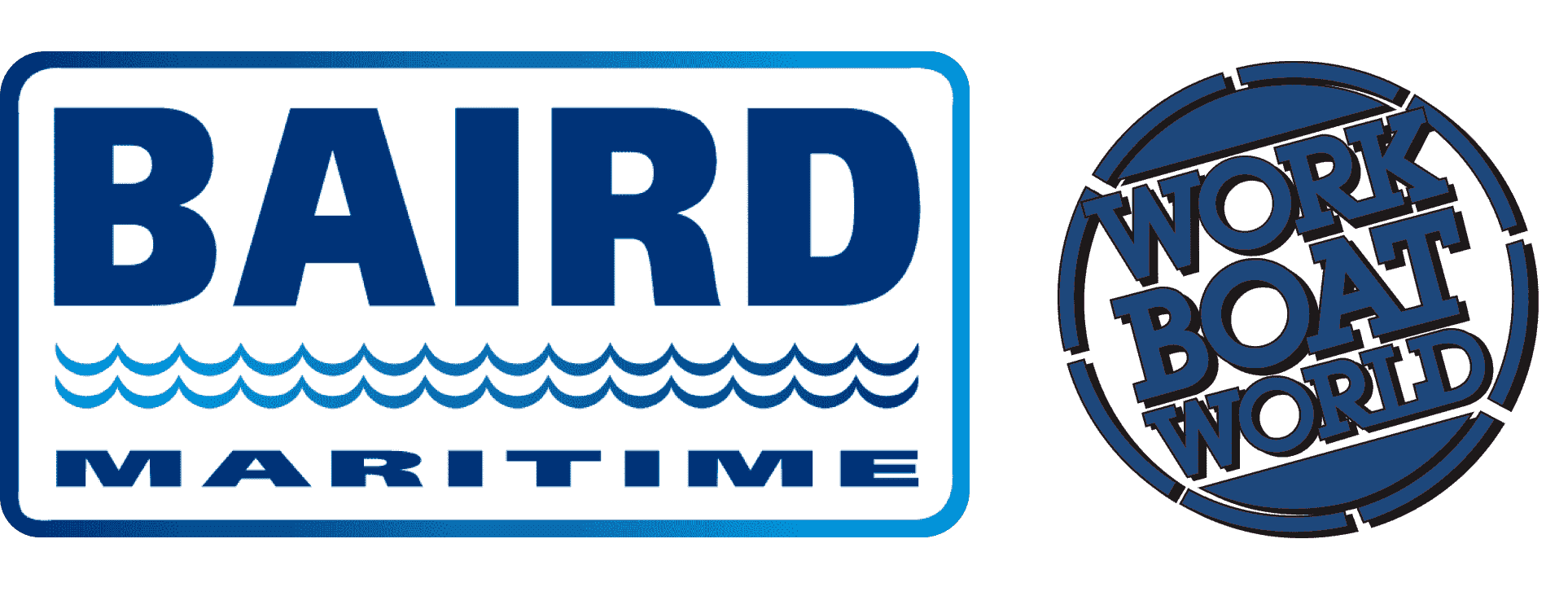VESSEL REVIEW | MinRes Coolibah – Transhipping barges to support Western Australia iron ore trade
Western Australia-based mining company Mineral Resources (MinRes) has taken delivery of two transhippment barges for transporting iron ore from shore to larger cargo ships off the coast. The vessels, which have been named MinRes Coolibah and MinRes Airlie, were built by COSCO Shipping Heavy Industry of China with design work done by MinRes in collaboration with naval architects.
The ABS-classed transhipper barges were designed for operation with tugs. When locked together, each transhipper barge and tug operates as one vessel to transport iron ore from the Port of Ashburton in Western Australia to Capesize bulk carriers anchored 40 kilometres (25 miles) offshore.
Seven transhipper barges will be delivered to help facilitate the export of Western Australian iron ore. MinRes designed, built, and is managing mining and transport infrastructure that unlocks iron ore deposits that would otherwise remain undeveloped in Western Australia's West Pilbara region, and the barges are part of the infrastructure under the Mineral Resources Onslow Iron Project.
Large capacity combined with efficient loading and unloading
Each of the new barges has a length of 123 metres (404 feet), a beam of 36 metres (120 feet), a depth of nine metres (30 feet), and a draught of just seven metres (23 feet) even when loaded with 20,000 tonnes of iron ore. MinRes said the shallow draught eliminates the need to build deep-water ports, thus greatly reducing the operation's environmental footprint even when shipping millions of tonnes of iron ore. The innovative design also drastically reduced the amount of seabed dredging required for the loading berth at the Port of Ashburton.
At the port, the ore is transferred to a 220,000-tonne enclosed negative pressure storage facility. From there, it will be moved via covered conveyors into the transhipper's hopper then distributed throughout the hold via a self-loading system. Up to 10,000 tonnes can be loaded onto each barge in one hour.
Once a barge is moored alongside a bulk carrier anchored offshore, the ore cargo is transferred through a gravity gate system that feeds a loading boom. The transfer of the ore from the barge to the larger vessel occurs at a rate of 6,000 tonnes per hour. The process is also dust-free, thanks to the barges' fully enclosed construction.
Part of a growing transhipping fleet
Each barge is equipped with azimuthing waterjets. Combined with the propulsive power provided by the attached tug, the combination can reach a speed of nine knots. Also fitted are automatic mooring equipment, a single-point feeding system, and automatic unloading equipment.
The barges are also fitted with precision navigation units from Navicom Dynamics. These will provide highly accurate heading and RTK position data for navigational assistance during the transhipment of iron ore to waiting bulk carriers.
The barges have no accommodation spaces for crews. These spaces will instead be available on the tugs to which the barges are connected.
MinRes Coolibah and MinRes Airlie have already commenced transhipping activities, loading ore onto a commercial vessel on their first operational trip for transport to China. The Onslow Iron project seeks to transport up to 35 million tonnes of iron ore per year over 30 years.
| MinRes Coolibah & MinRes Airlie | |
| SPECIFICATIONS | |
| Type of vessel: | Transhipper barges |
| Classification: | ABS |
| Flag: | Australia |
| Owner: | Mineral Resources, Australia |
| Operator: | Mineral Resources, Australia |
| Builder: | COSCO Shipping Heavy Industry, China |
| Length overall: | 123 metres (404 feet) |
| Beam: | 36 metres (120 feet) |
| Draught: | 7.0 metres (23 feet) |
| Depth: | 9.0 metres (30 feet) |
| Capacity: | 20,000 tonnes |
| Propulsion: | 2 x waterjets |
| Other electronics: | Navicom Dynamics navigation system |
| Other equipment installed: | Gravity gate; loading boom |
| Operational area: | Western Australia |


